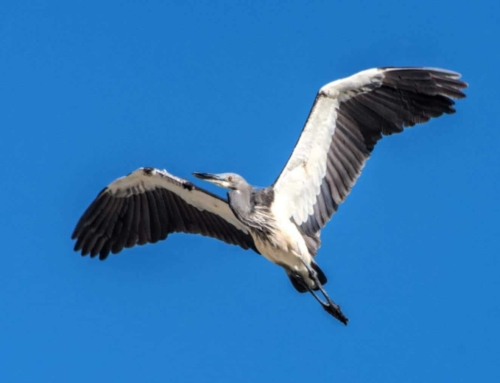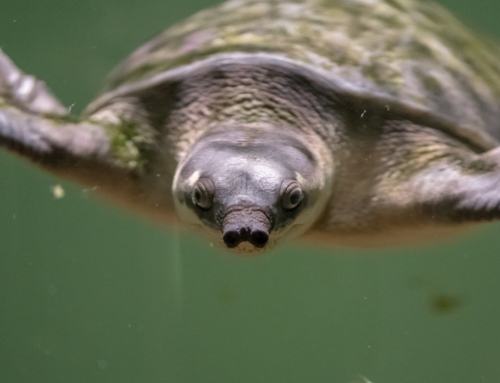Sophie Grange-Chamfray, Knowledge & Learning Manager at Synchronicity Earth, dives into the importance of local communities and Indigenous Peoples as guardians of nature, and the historical importance of the acceptance in the first instance of a proposed law to promote and protect the rights of Indigenous Peoples in the Democratic Republic of Congo in June 2020.
November 2022 update: On November 16, the president of the Democratic Republic of Congo signed and promulgated the new law recognising the rights of the Indigenous Pygmy Peoples. Patrick Saidi, coordinator of our Congo Basin Programme partner Dynamique des Groupes des Peuples Autochtones (DGPA), writes for Mongabay about the importance of this new law and what needs to happen next.
April 2021 update: We are delighted to report some excellent news from our Congo Basin partner Dynamique des Groupes des Peuples Autochtones (DGPA) regarding the campaign mentioned in this article: On 7th April 2021, the National Assembly finally adopted a law to promote the rights of Indigenous Peoples in the Democratic Republic of Congo. With a majority of votes for and only one against, this is an incredible victory for hundreds of thousands of Indigenous Peoples who will now have the same rights as other Congolese citizens, including access to free healthcare and education. Our partner DGPA and its collaborators are optimistic and getting ready to prepare the next steps and help implementing this law.
Walks in the forest always have an incredibly peaceful and refreshing effect on my mind. When I was a child, I learnt how to identify wildlife species and track their signs with my dad – patience and observation were the key to seeing a roe deer or a pine marten. And what a magical moment and privilege to witness a beautiful animal for a few seconds before it disappears under the protective shelter of its forest! It is therefore not surprising that my conservation work and aspirations were so often guided by these two things: observing nature and learning from local people.
Throughout my career as a conservationist in Africa, I have learnt so much from local people living in the bush or in the forest: I have always considered them as the “guardians of nature”. All of them started to develop special bonds with their natural environment during their childhood, so it is natural for them to care for and protect it.
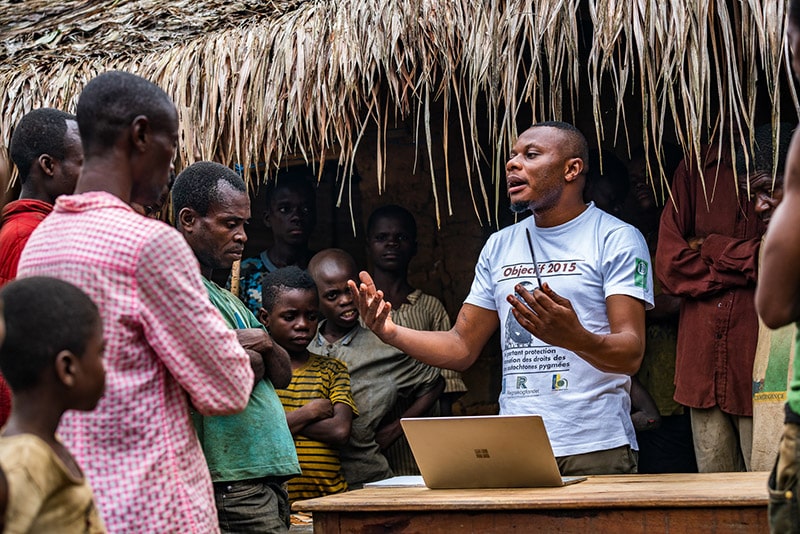
Patrick Saidi, DGPA coordinator. Image © Chris Scarffe
The Congo Basin
In the Congo Basin, Indigenous Peoples – also known as ‘Pygmies’ – are a very good example, as they have lived for generations in incredibly diverse, but also challenging environments. Their culture and traditions are intimately related to the forest and its biodiversity. But, in this part of Africa – also known as the world’s second largest river basin and the second largest rainforest on the planet – forest peoples have been persecuted for decades and – most importantly – denied access to their home. How has such an injustice happened?
Reversing the legacy of colonialism
Let’s take the example of the Democratic Republic of Congo (DRC) – this country is home to 60 per cent of the Congo Basin forests. To understand we need to go back to colonial times, when local communities and Indigenous Peoples living in the region had systems of land rights to solve potential disputes and conflicts on their territories. Over time, the recognition of these customary land rights was entirely excluded from laws established by the colonial state and its postcolonial successors so subsequently these customary lands became the exclusive property of the state. Land and resource rights were transferred to third parties as concessions – in this system, local communities and Indigenous Peoples were then considered as illegal occupants on their ancestral lands.
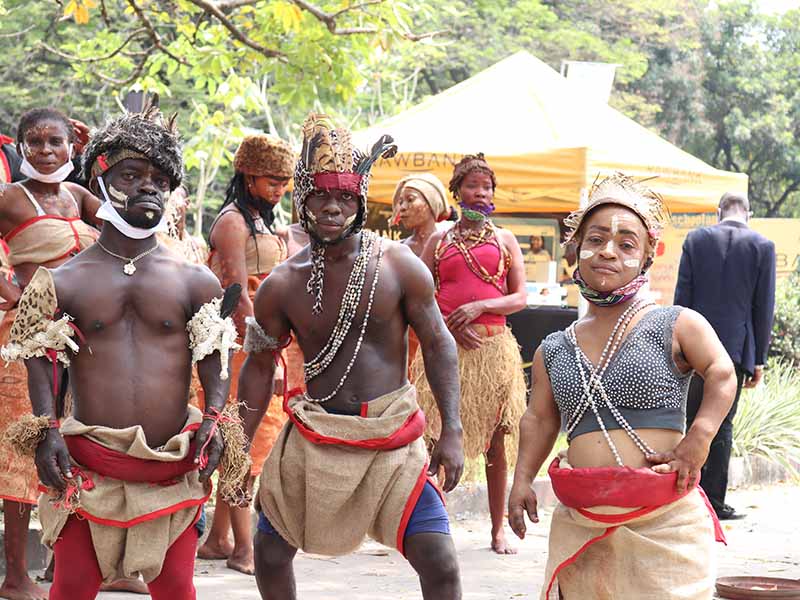
International Festival of Indigenous Peoples (FIPA) © DGPA
A growing movement
In the face of such injustice, the 1990s and 2000s saw the flowering of many Indigenous Peoples’ organisations in the DRC. The creation of one particular group, the Dynamique des Groupes et Peuples Autochtones (DGPA) in 2005, has probably contributed more than anything else to the momentum to raise and promote the voice of Indigenous Peoples. In 2006, the concept of “Indigenous Peoples” was officially recognised in the DRC; and in 2009, a development programme for Indigenous Peoples was initiated in the country. As a result, representatives of Indigenous Peoples have been involved in the new national land reform process since 2012.
Synchronicity Earth and DGPA
DGPA is a long-term partner of Synchronicity Earth’s Congo Basin Programme. Since 2013, we have supported the development of their innovative model to improve coexistence between Batwa (Indigenous) and Bantu (local) communities in the Mai-Ndombe Province, DRC. Thanks to this, 3,000 people from Loile and Mpaaha villages built a Health Centre and developed agroecology projects on community land, which significantly improved their livelihoods and well-being. These initiatives were so successful that both villages are now considered as models for peaceful coexistence between Batwa and Bantu communities in the DRC.
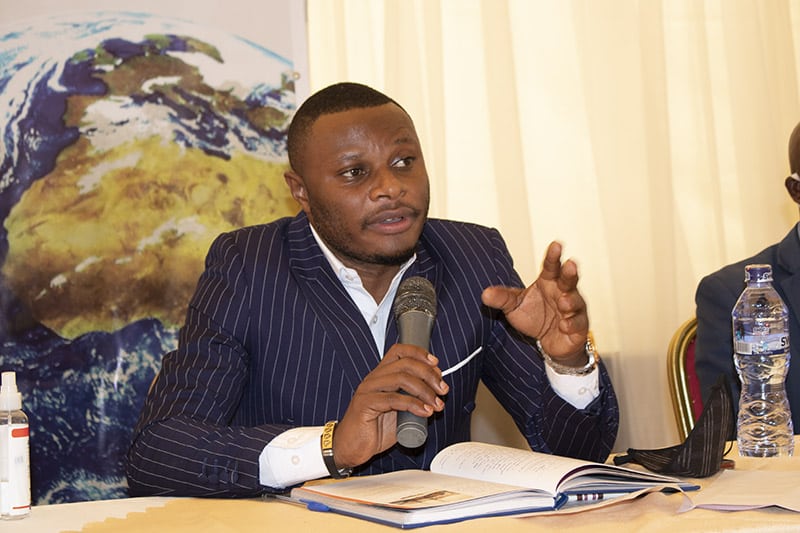
Patrick Saidi of DGPA speaking at the International Festival of Indigenous Peoples (FIPA). Image © DGPA
A landmark achievement
But the greatest achievement is this: after 10 years of fight and tireless efforts from the DGPA and its collaborators to influence the Congolese government, a proposed law to promote and protect the rights of Indigenous Peoples in the DRC has been accepted in the first instance in June, 2020. While this law still needs to be voted on in the National Assembly – most likely in March 2021 – this is already an incredible achievement as it will not only recognise the rights of Indigenous Peoples and protect their culture and traditions, but also become an important tool for the ongoing land and forest reforms in this country.
Over the past few years, I have had the privilege to exchange ideas and experience with our partner organisations based in the DRC and learn from their work. It has become even more obvious for me that securing the rights and safeguarding the culture of the guardians of forests is the first step to save our planet’s forests. Forest peoples are too often forgotten, as they usually live in remote areas, but they are the eyes, ears and heart of the forest, of its trees and animals. The natural connection between forest peoples and their environment is so precious, it is part of their cultural identity and generates invaluable knowledge to protect and preserve nature.

